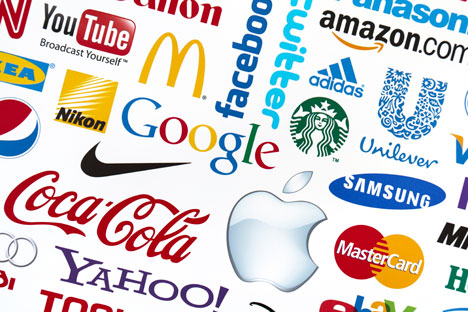Do You Guys Do Messaging?
When clients ask us to share our ‘typical’ brand strategy process, we are careful to respond that there is no typical process as all client needs truly are different. The right-for-this-client scope of work comes as a result of a deep process of inquiry into our clients’ circumstances, budget tolerance, depth and expertise of team, and an assessment of what we think they will need to really make their brand perform in the market. Invariably, the question comes, “what about messaging, do you guys do that?” Indeed, what about messaging? A classic component of the strategy line-up, we’ve been doing a fair bit of thinking about this deliverable of late.
Messaging, also referred to as Messaging Framework, Messaging Grid, or Messaging Platform, is classically a compendium of messages, written in plain-speak (i.e. not in Brand Voice), designed to translate the core strategic tenets of the brand positioning into relevant and motivating messages for each of the brand’s core audiences (current and prospective customers, partners, employees, etc.). Sometimes, each message will be accompanied by a ‘message pod’—a sample piece of copy, written in Brand Voice, to help a client understand how this message would actually execute in situ.
Why are Messaging Frameworks useful?
What’s great about the Messaging deliverable is that it takes strategy out of a Keynote (or PowerPoint, as the case may be) and demonstrates in real, marketing-jargon-free words what the ideas actually mean in practice. The deliverable goes a long way to take theory into practice and also show how versatile the idea is in its ability to be relevant and motivating for a variety of audiences. A seeming ‘score,’ but to be honest, we’re wondering if this is really the most useful tool for our clients.
When are Messaging Frameworks not what the doctor ordered?
Messaging Frameworks, while noble in intent, can sometimes end up DOA. There are a few reasons we’ve seen this happen. In some cases, our clients have a robust team dedicated to writing content. These teams are well-equipped to take Messaging and turn it into copy and content that extends and enhances their existing messaging. However, for many companies, this is simply not the case. Content is cranked out by all kinds of people, not necessarily writers, and trying to take messaging into copy can feel like a herculean task. Similarly, younger organizations, especially tech companies, are not well-positioned to write content that sits above product descriptions, features, and benefits. For them, brand is a new language and often the reason they’ve turned to a branding firm for help. Figuring out how to infuse their heavily product-focused content with brand messages is simply not in their skill set. Or in their timelines.
What’s a better option?
We’ve been asking ourselves how we can better meet our clients’ needs by giving them content they can actually use. The answer turns out to be not a Messaging Framework at all. The fact of the matter is, there are a variety but not infinite number of touchpoints that are suited for brand messaging. Rather than developing a framework of messages that must then be matched with a need and then recast in Brand Voice, we are asking our clients to tell us exactly what they need from the get-go. A sparkling new “About” section for your website? Check. We can do that. We know who the audience is and we know what key ideas we want to convey to them. We’ve got the Brand Voice down. Easy. How about a blurb for your LinkedIn profile? A sales outreach email? A CEO announcement to employees? PR boilerplate? Check. Check. Check and check.
It’s a new world. Time is money. Brands are erected in months, not years. We are increasingly helping our clients get right to the point with brand-led content they can use out of the gate. There may still be utility for a Messaging Framework for large, distributed companies with plenty of writers with time on their hands. But from our perspective, brand-led, ready as-is content is the way to go.
Emotive Brand is a brand strategy and design agency in Oakland, California.













